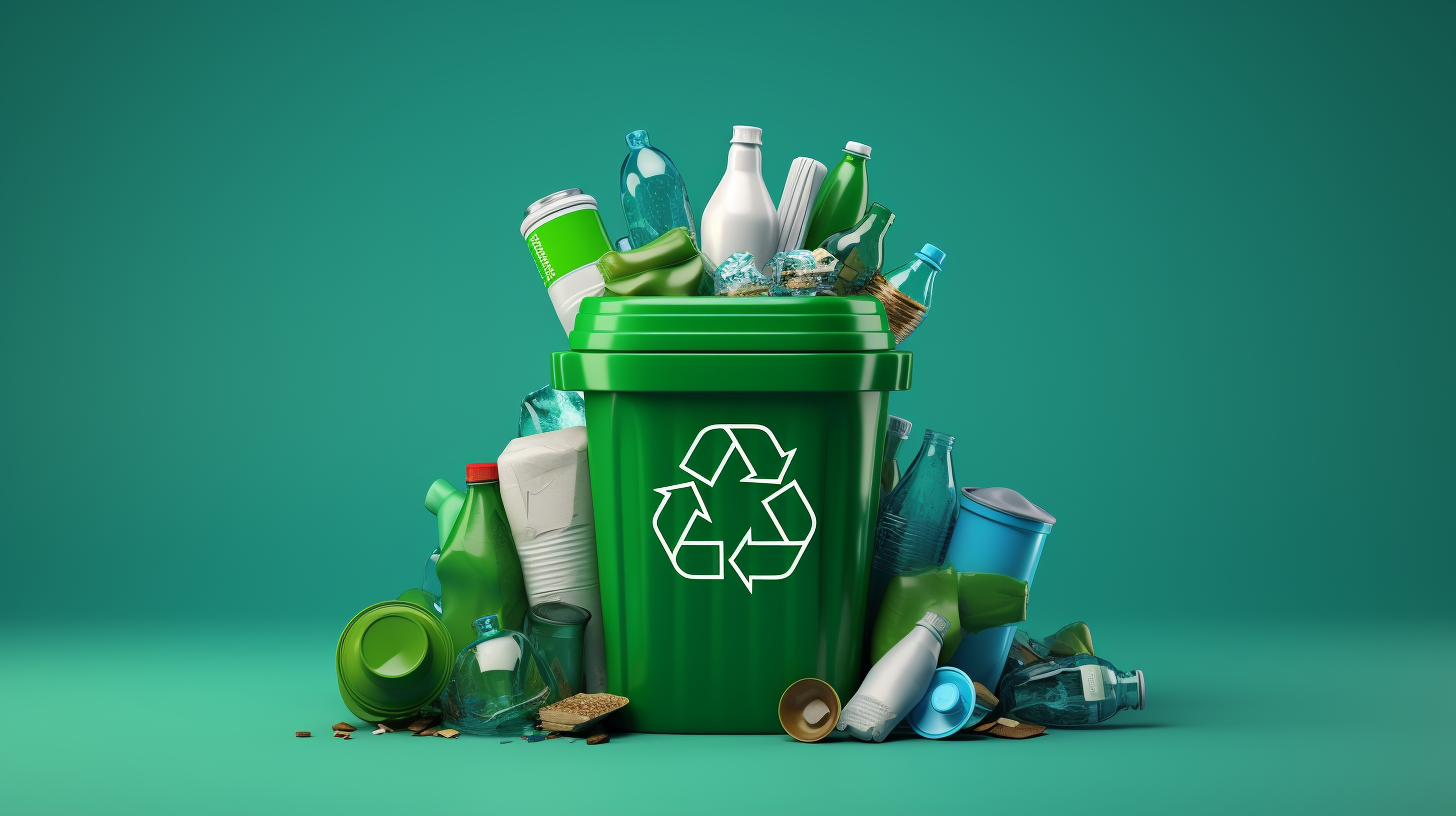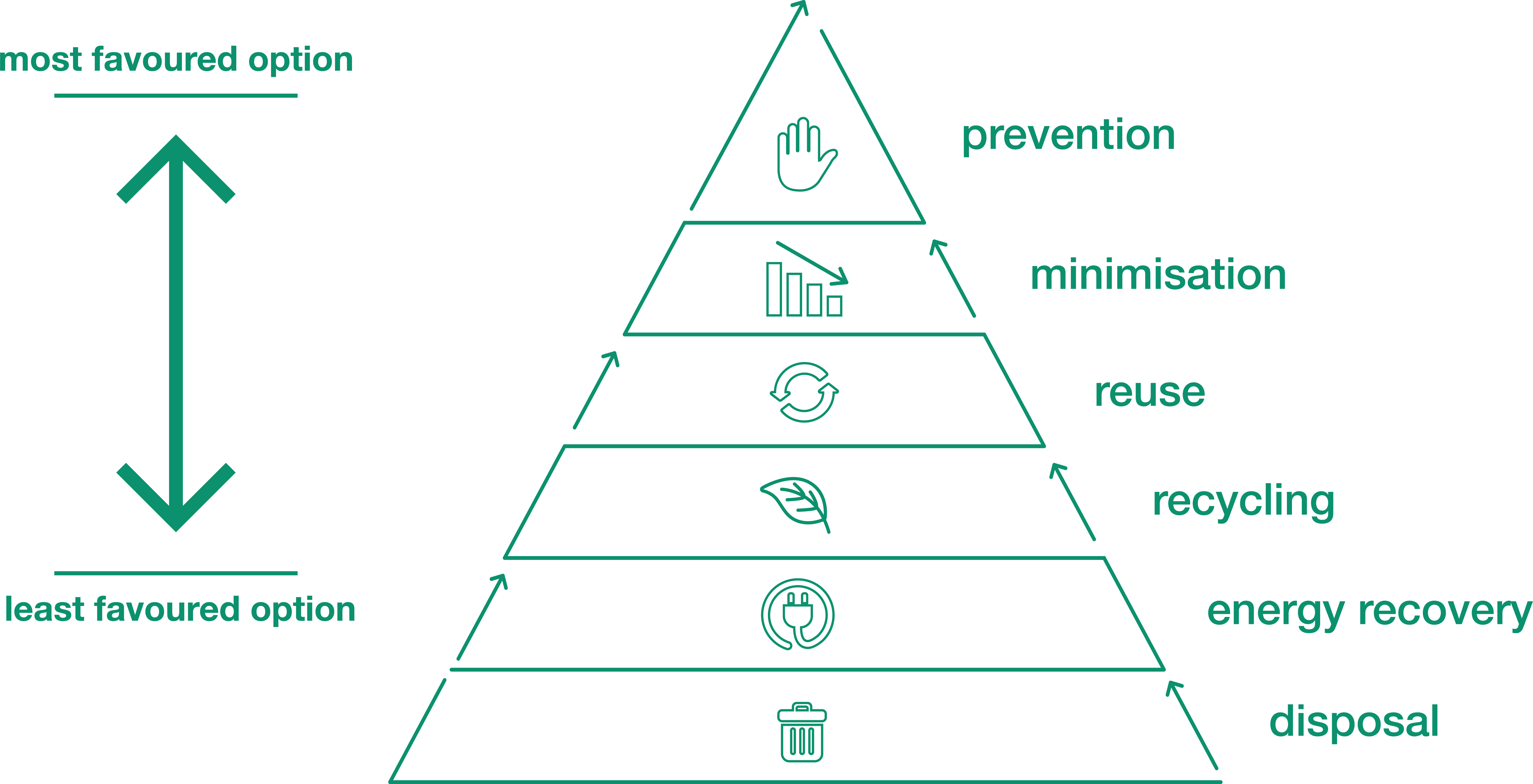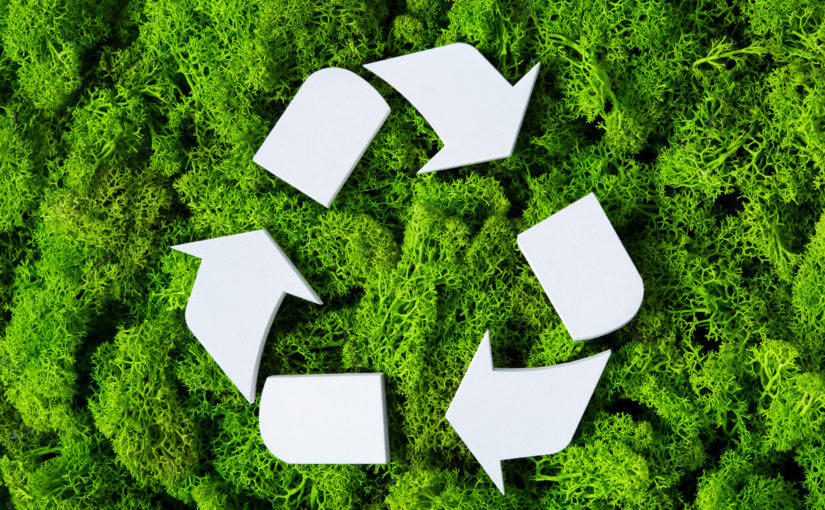The Function of Recycling Lives Services in Sustaining Regional Areas
The Function of Recycling Lives Services in Sustaining Regional Areas
Blog Article
Checking Out Various Kinds of Waste in Modern Waste Management Systems
The contemporary landscape of waste administration includes navigating a complex selection of waste kinds, each requiring specialized handling and disposal methods to alleviate ecological influences. Municipal solid waste, harmful waste, electronic waste, and natural waste each existing unique challenges and opportunities for resource recovery.
Metropolitan Strong Waste
Community strong waste, usually described as house trash or garbage, encompasses a variety of discarded products generated by residential, commercial, and institutional sources within a district. This waste stream normally includes things such as packaging, food scraps, backyard trimmings, paper, plastics, textiles, and thrown out family goods. The management of municipal solid waste is a vital part of metropolitan planning and public wellness, requiring reliable collection, transport, and disposal systems.
Reliable waste monitoring systems are made to reduce ecological impact while taking full advantage of source recuperation. Composting natural waste, such as food scraps and lawn trimmings, not just reduces landfill usage however also generates beneficial dirt modifications.
Towns have to also deal with the financial and logistical difficulties associated with waste administration. Carrying out pay-as-you-throw systems, boosting public understanding, and spending in technology can dramatically boost waste diversion prices. By incorporating these techniques, towns can cultivate lasting areas, minimize greenhouse gas discharges, and save all-natural resources.
Hazardous Waste

Effective contaminated materials monitoring involves a number of critical steps: recognition, treatment, partition, and disposal. Identification involves the category of waste based upon its unsafe properties. Partition makes sure that dangerous products are stored separately from non-hazardous waste to prevent cross-contamination. Therapy methods, such as chemical neutralization, incineration, and stabilization, are employed to decrease the poisoning, volume, or flexibility of the waste. Disposal choices, including safe landfills and underground storage, are selected to ensure long-lasting containment.
Regulative frameworks, such as the Source Conservation and Recovery Act (RCRA) in the USA, give standards and standards for contaminated materials monitoring. Adherence to these laws, combined with developments in waste treatment innovations, is important in mitigating the threats connected with harmful waste.
Digital Waste
Electronic waste, generally described as e-waste, represents a quickly growing obstacle in waste administration systems internationally. This sort of waste encompasses discarded digital devices and devices such as smart devices, computer systems, tvs, and various other digital devices. The quick rate of technical advancement, combined with lowering product lifespans and customer need for the most up to date devices, has actually greatly increased the quantity of e-waste produced every year.
E-waste is particularly bothersome due to its complicated composition, usually consisting of hazardous compounds like mercury, cadmium, and lead, which pose considerable ecological and health dangers otherwise properly handled. On the other hand, e-waste also includes beneficial products such as silver, copper, and gold, which can be recouped and reused. The dual nature of e-waste-- both valuable and dangerous-- requires customized handling, reusing, and disposal procedures.
Effective e-waste management entails strict regulative structures, durable collection systems, and progressed reusing modern technologies. their explanation Public awareness and participation are important, as incorrect disposal methods, such as prohibited dumping and casual recycling, aggravate ecological contamination and health threats. Subsequently, improving e-waste monitoring methods is important for reducing environmental impact and recovering useful sources in a significantly electronic globe.

Organic Waste
Organic waste, making up kitchen scraps, lawn trimmings, and agricultural deposits, represents a substantial part of the international waste stream. This type of waste is eco-friendly, suggesting it can be broken down by microbes into easier natural compounds. Regardless of its capacity for all-natural decomposition, incorrect management of organic waste can result in unfavorable environmental influences, consisting of the emission of greenhouse gases such as methane, which add to climate adjustment.
Effective management of natural waste is crucial for lessening these environmental impacts (recycling lives services). Composting is a commonly taken on approach, transforming organic waste right into nutrient-rich compost that can improve dirt wellness and agricultural productivity. In addition, anaerobic digestion is an emerging innovation that transforms natural waste right into biogas, a renewable resource resource, and digestate, which can be made use of as fertilizer
Municipalities and waste management entities need to implement robust organic waste collection and treatment programs to optimize the advantages of these processes. Public education campaigns can also play an essential function in motivating households and businesses to separate organic waste from other kinds of waste. By click here for info prioritizing the administration of natural waste, cultures can decrease garbage dump use, reduced greenhouse gas discharges, and create useful results for farming use.

Innovative Waste Administration
In the world of waste management, ingenious techniques are transforming just how societies handle their refuse, aiming for sustainability and effectiveness. These advancements encompass a series of innovations and methods that boost reusing prices, decrease garbage dump reliance, and lower environmental effect. One popular advancement is the execution of clever waste containers outfitted with sensing units that check fill degrees and enhance collection paths. This not only decreases fuel consumption but also minimizes greenhouse gas emissions.
One more noteworthy development is the fostering of waste-to-energy (WtE) innovations. By converting non-recyclable waste right into functional power through procedures such as incineration and anaerobic food digestion, WtE decreases landfill concern and supplies a sustainable power resource. Improvements in chemical recycling allow for the malfunction of complex plastics right into their original monomers, allowing the creation of brand-new, premium plastic products.
Additionally, the round economic climate version is getting grip, highlighting the layout of products and systems that prioritize reusability and source efficiency. This all natural approach motivates sectors to reduce waste generation from the start. With these cutting-edge techniques, contemporary waste monitoring systems are not only resolving the instant obstacles of waste disposal however additionally paving the way for an extra sustainable future.
Conclusion
A thorough understanding of municipal solid waste, harmful waste, digital waste, and organic waste, combined with the application of cutting-edge waste monitoring solutions, is important for minimizing ecological influences. Integrating technologies such as smart waste containers and waste-to-energy systems can improve performance and sustainability. Reliable waste monitoring approaches not just foster resource recovery but also promote public awareness and participation, eventually contributing to the advancement of a circular economy.
The contemporary landscape of waste monitoring involves navigating a complex array of waste types, each requiring specialized handling and disposal approaches to mitigate ecological influences. Metropolitan strong waste, unsafe waste, digital waste, and natural waste each existing unique difficulties and chances for resource recovery.Digital waste, commonly referred to as e-waste, represents a rapidly growing obstacle in waste monitoring systems around the world. Via these ingenious approaches, contemporary waste administration systems are not only dealing with the immediate obstacles of waste disposal however likewise paving the way for an extra sustainable future.
An extensive understanding of local solid waste, hazardous waste, digital waste, and natural waste, coupled with the useful content execution of cutting-edge waste administration solutions, is necessary for minimizing ecological impacts. (recycling lives services)
Report this page